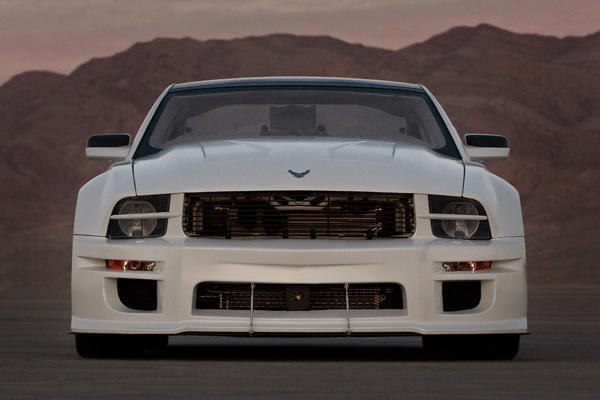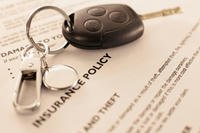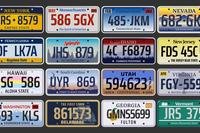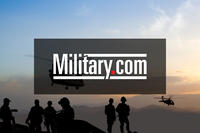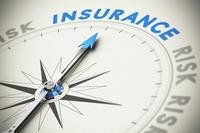If you don't understand your auto insurance coverage, you're not alone. But knowing how you're covered can help you see what you're paying for and it can make all the difference if you're in a situation where you need to file a claim. Some aspects of a policy are required by state law, lien holders or lease agents, while other features are optional. All coverage is subject to the individual terms of your policy.
Must-Have Coverage
Bodily Injury Liability
- Covers: At-fault responsibility for injuries to other parties.
- How much: "BI" liability has two numbers. The first is the per-person dollar limit for medical claims and the second is the total dollar limit per accident. For example: 75,000/300,000 means that your policy covers each injured party's medical expenses up to $75,000; total medical costs for all injured parties are covered to $300,000.
- Risk: You could be responsible for medical expenses that exceed coverage limits.
Property Damage Liability
- Covers: At-fault responsibility for property damage or loss as a result of a car crash.
- How much: "PD" liability has a dollar limit per accident. Consider the possible cost of multiple vehicle repairs, buildings, homes and other structures.
- Risk: You could be held responsible for expenses that exceed your coverage.
Uninsured/Underinsured Motorist
Bodily Injury UM/UIM
- Covers: You and your passengers who are injured by a driver who does not have any or enough insurance. State laws regulate the options available.
- How much: UM/UIM/BI has two numbers: The first is the per-person dollar limit for medical claims and the second is the total dollar limit per accident. For example: 50,000/100,000 means that your policy covers each injured party's medical expenses up to $50,000; total medical costs for all injured parties are covered to $100,000.
- Risk: You could be held responsible for medical expenses that exceed coverage limits.
Property Damage UM/UIM
- Covers: Costs to repair your insured vehicle that's damaged by a driver who doesn't have any or enough insurance. Some states extend this protection to include personal property inside the vehicle at the time of the incident.
- How much: UM/UIM/PD has a per-accident dollar limit. Consider the possible cost to repair your vehicle or any other property damage if the at-fault party is unable to pay.
- Risk: You could be held responsible for expenses that exceed coverage limits.
Good-to-Have Coverage
Personal Injury Protection
- Covers: Injury-related expenses for you or any other person in your vehicle, regardless of fault. This includes medical costs, as well as disability, loss of income and funeral expenses. PIP is not available in all states. Some states allow you to carry both PIP and Medical Payments coverage, while others require you to choose one.
- How much: Medical expenses are covered to the per-person limit you select. Consider the type and quality of your health/medical insurance coverage ? as well as that of your passengers ? when determining the amount of coverage.
- Risk: If your coverage limits are low and passengers are not adequately covered by a health/medical insurance policy, you could be held responsible for expenses that exceed coverage limits.
Medical Payments - Covers: Medical, dental and funeral expenses for you any anyone in your vehicle, regardless of fault. Not available in all states.
- How much: Medical expenses are covered to the per-person limit you select. Consider the type and quality of your health/medical insurance coverage -- as well as that of your passengers -- when determining the amount of coverage.
- Risk: If your coverage limits are low and passengers are not adequately covered by a health/medical insurance policy, you could be held responsible for expenses that exceed coverage limits.
Comprehensive
- Covers: Vehicle damage due to theft, vandalism or hail. If you have a lien holder or you are leasing, this coverage may be required.
- How much: If you choose a $500 deductible, and your car suffers $2,500 in damages in a hailstorm, you pay $500 out of pocket and your policy covers the remaining $2,000. The higher the deductible, the lower your premium.
- Risk: Consider the overall likelihood of damage to your car. If your car is parked in a garage when you're not driving it, there's a much lower chance of theft or damage. Also, an older car's value may not justify the amount of coverage.
Collision
- Covers: Repair costs for damage due to an accident, no matter who's at fault. If you have a lien holder or you are leasing, this coverage may be required.
- How much: A minimum deductible of $500 is recommended.
- Risk: You may incur repair expenses that exceed your policy's coverage.
Other Options
Rental Reimbursement helps pay for the cost of a rental car while your car is being repaired due to an insurance claim.
Towing & Labor helps cover costs of towing a vehicle to the nearest repair facility, labor at the breakdown site, as well as services like changing tires or delivering gas.
Ready to Compare Insurance Coverage and Premiums?
Our auto insurance quote comparison tool can help. Check it out here.
